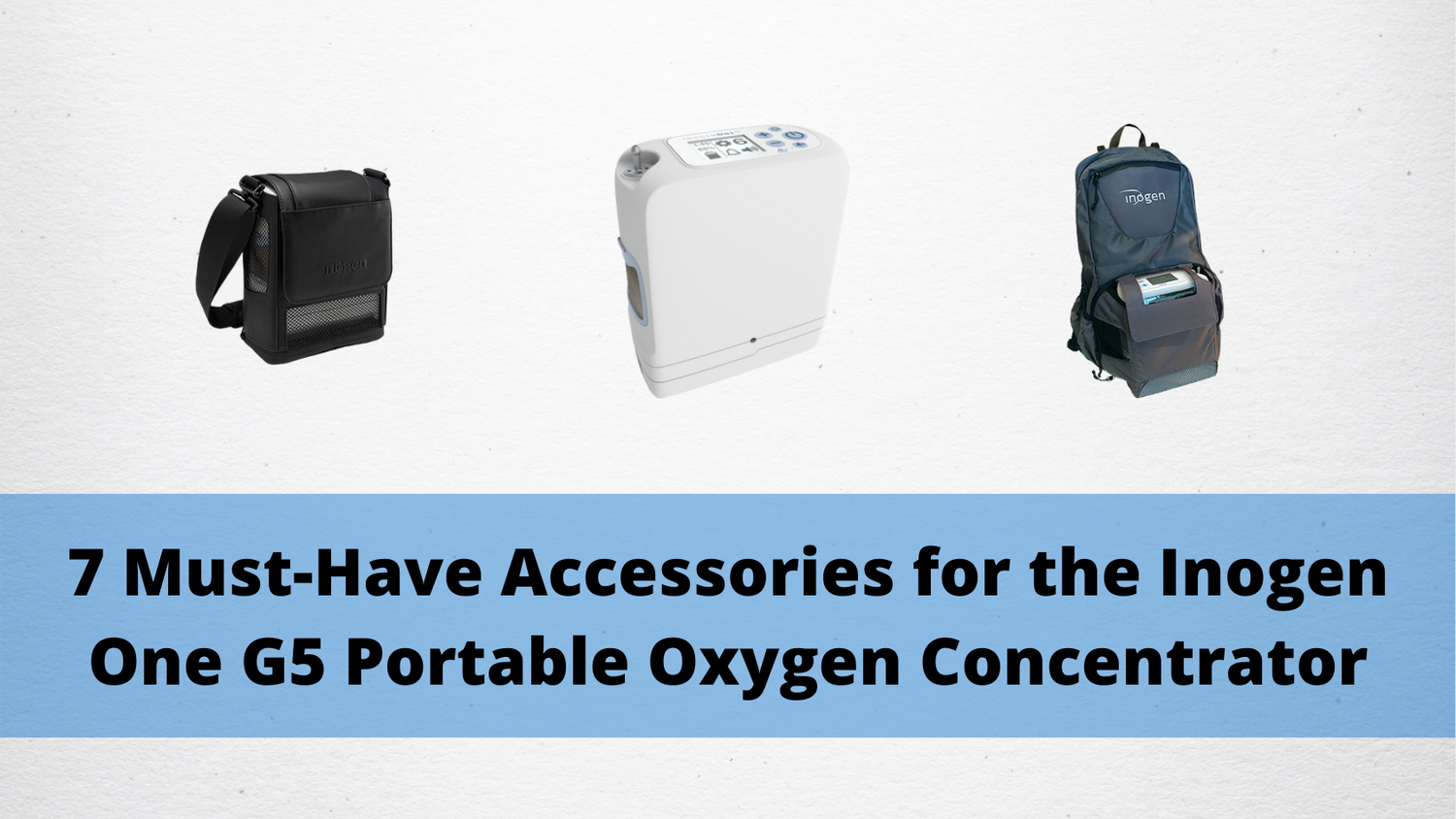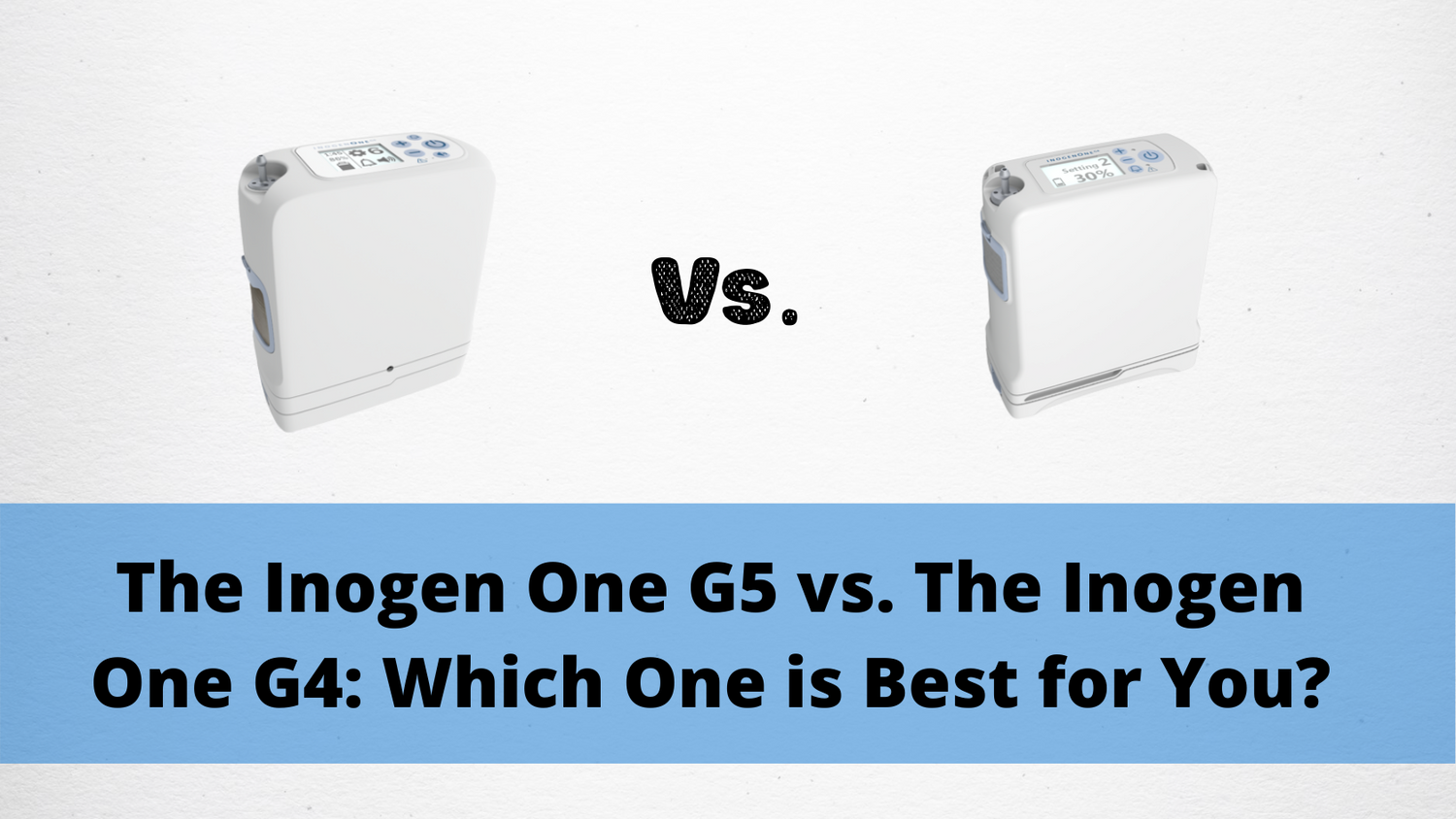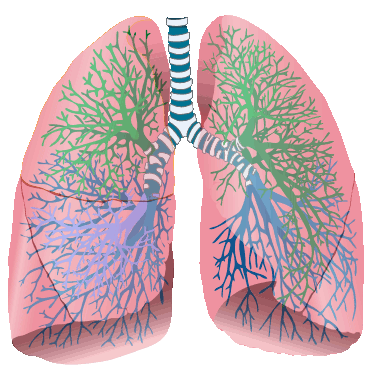Respiratory Resource Center - LPT Medical
7 Must-Have Accessories for the Inogen One G5 Portable Oxygen Concentrator
The Inogen One G5 was released back in...
Read MoreThe Inogen One G5 vs. The Inogen One G4: Which One is Best for You?
If you’ve been tuning into our blog the last...
Read MoreHow to Reach Your Treatment Goals with Your COPD Action Plan
Living healthily and happily with COPD is all about...
Read More


